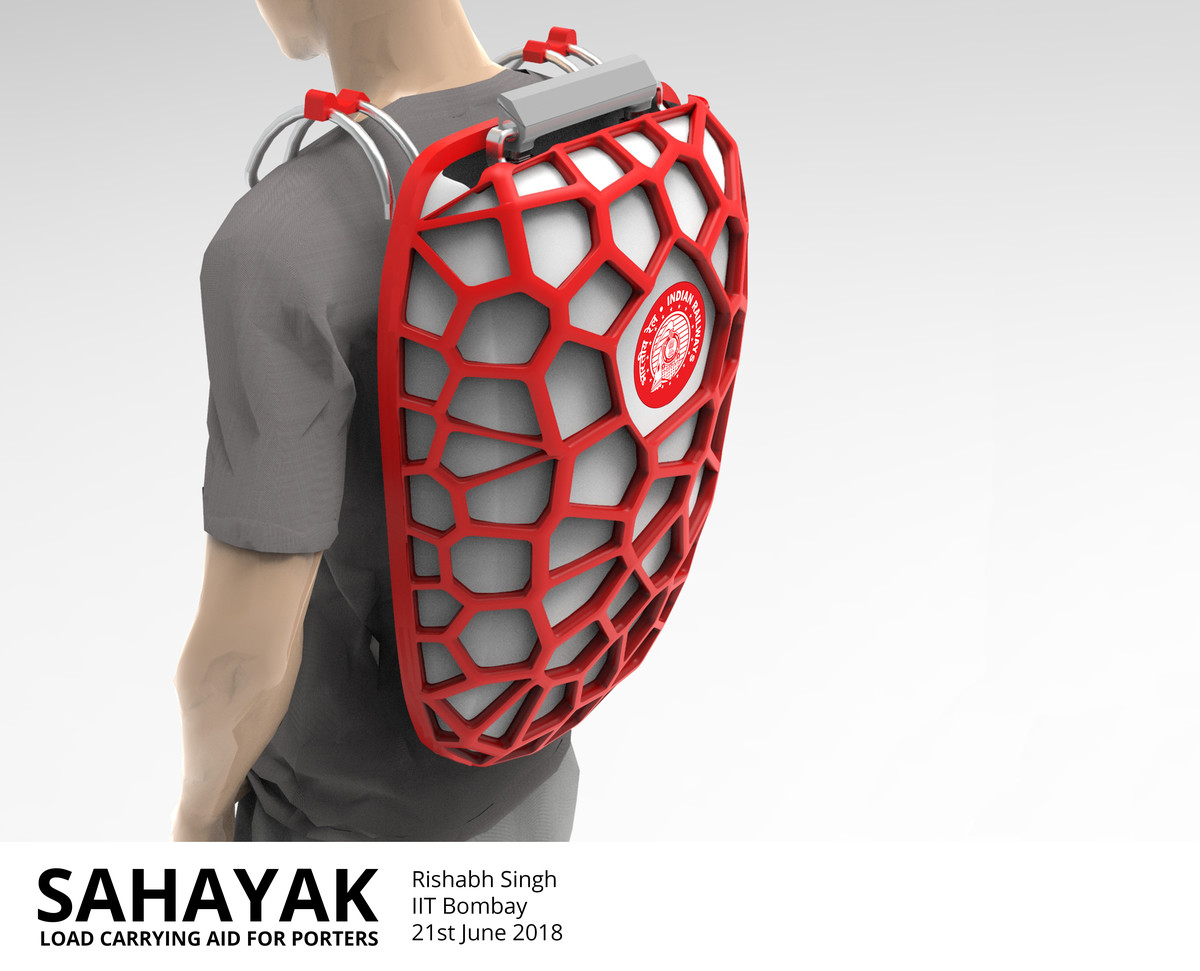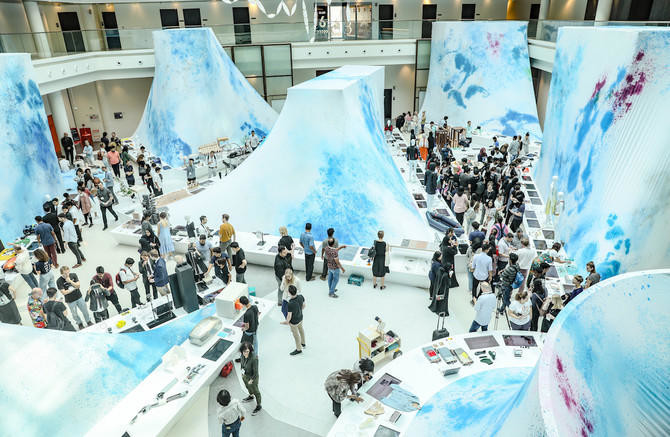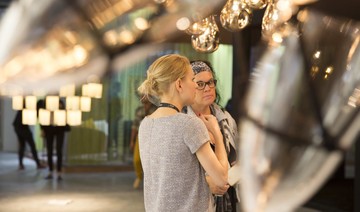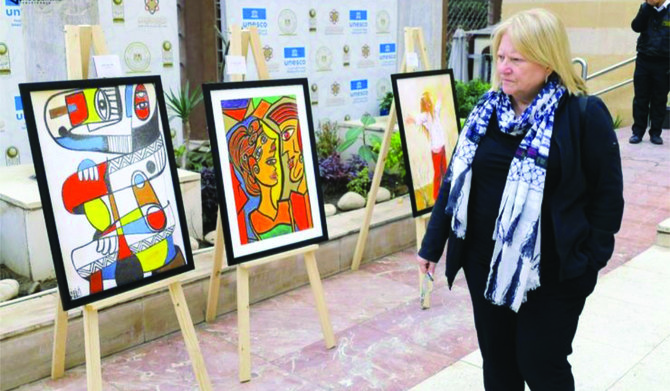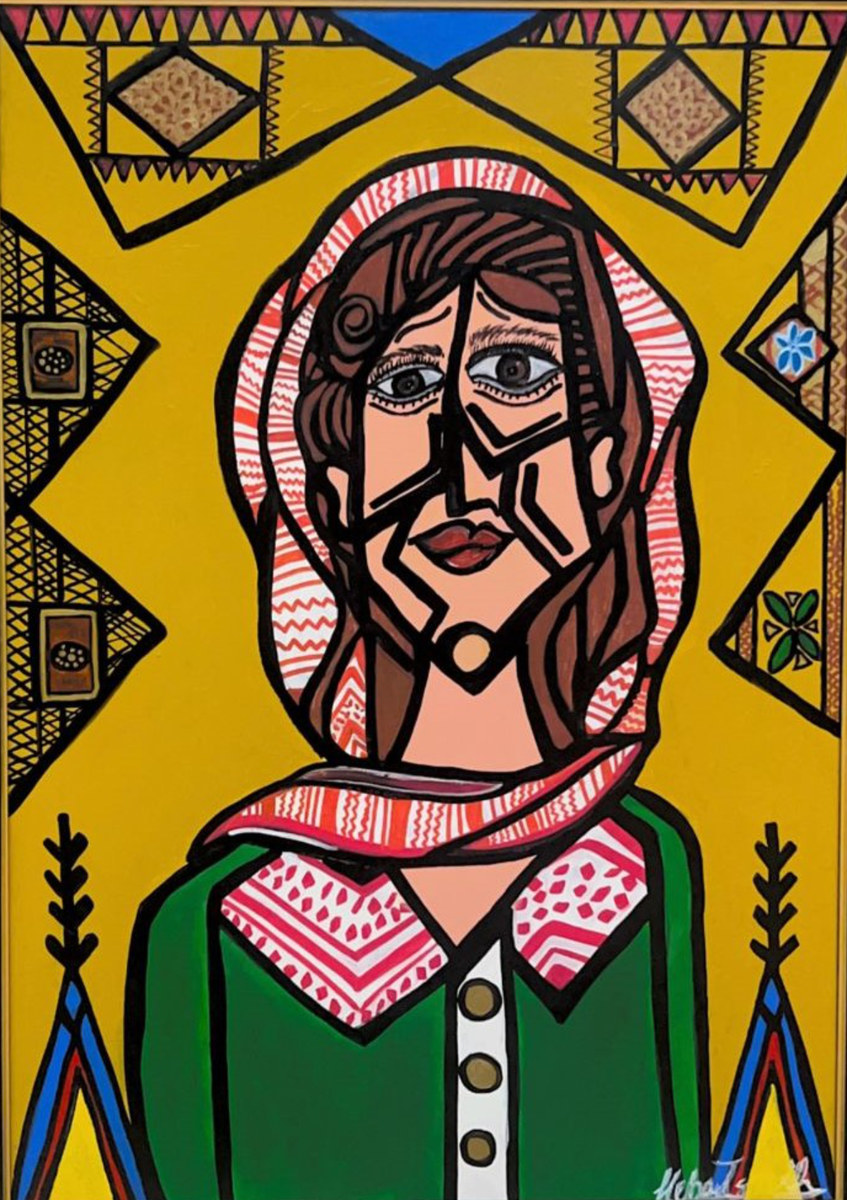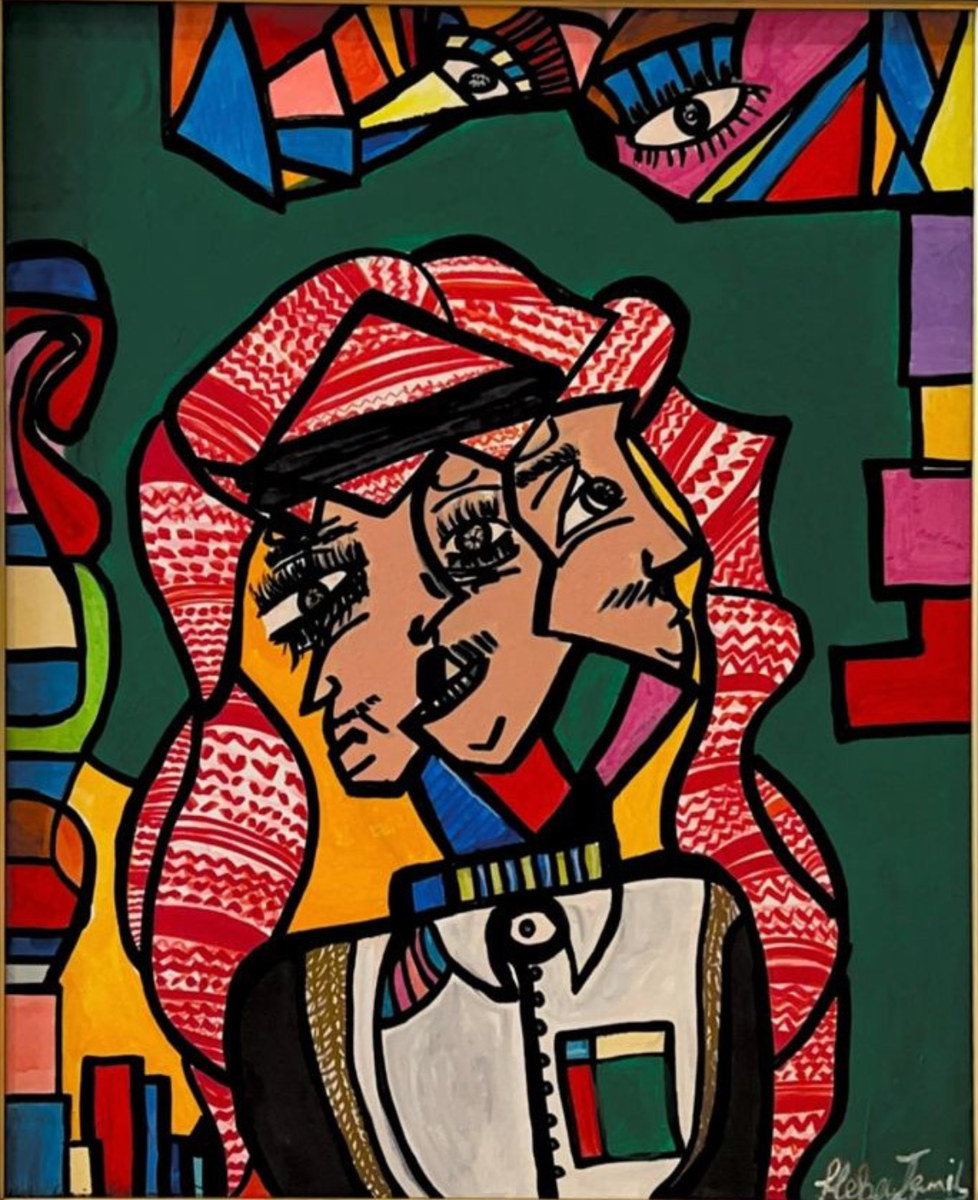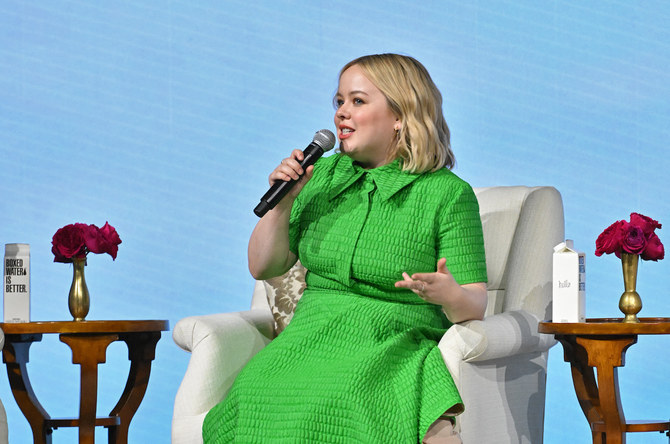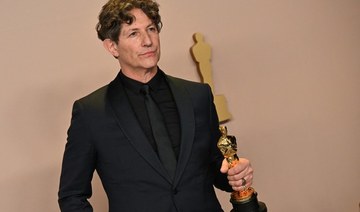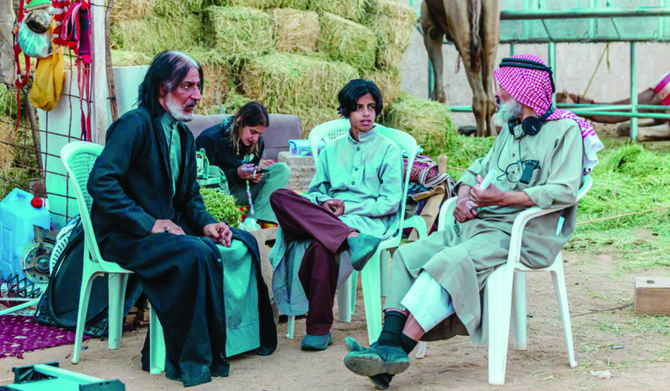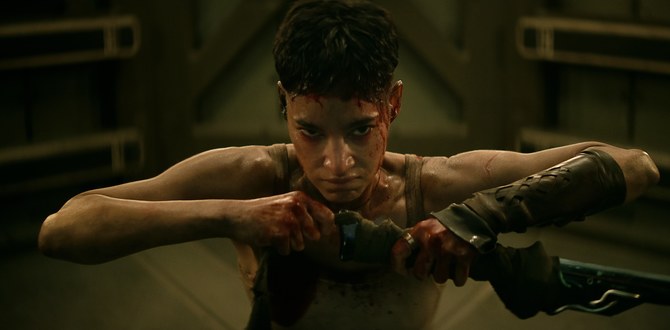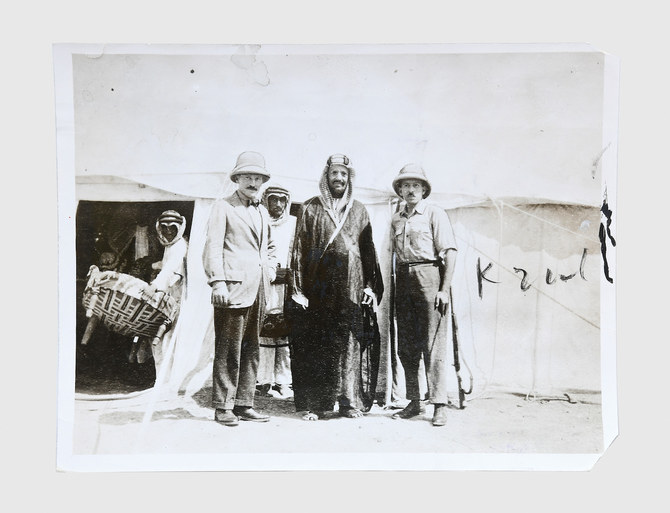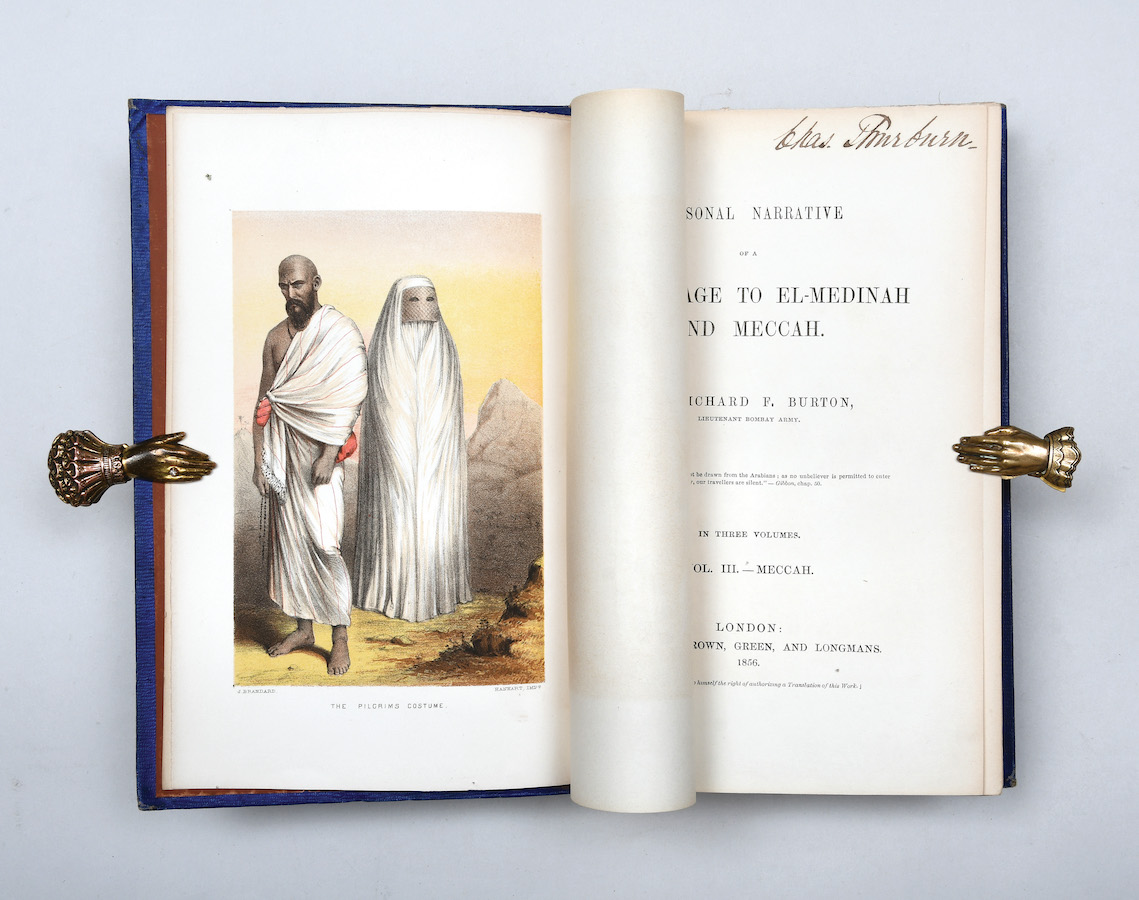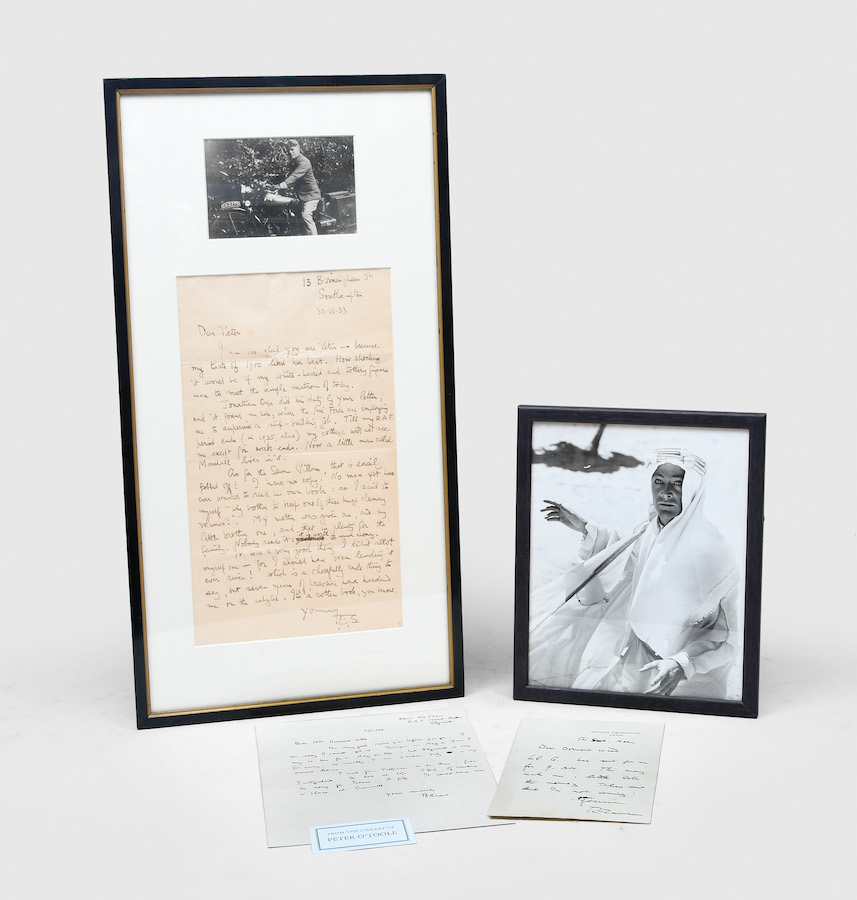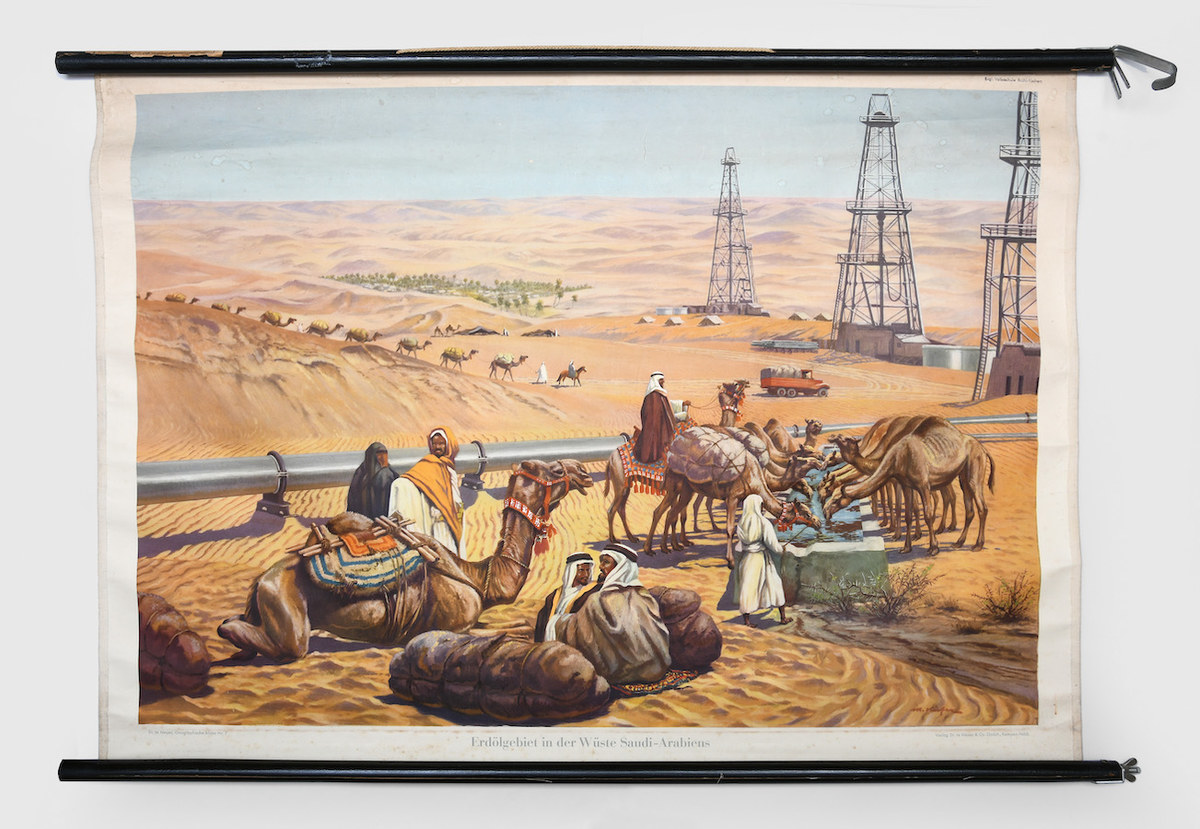DUBAI: Highlights from the Global Grad Show at Dubai Design Week, which showcased 150 innovative and potentially life-changing designs created by students from around the world, ranging from high-tech scientific solutions to conceptually simple physical objects.
FROM NOWHERE WITH LOVE
Ukranian designer Olga Zelenska says her work “focuses on simplicity, sustainability and aesthetics of design,” and “From Nowhere With Love” delivers on all three. It’s a set of biodegradable postcards, designed for “migrants and modern nomads” to allow them to take a piece of their homeland’s nature with them wherever they travel. The postcards contain seeds specific to the plant life of the country or area in which they are bought. Those seeds can then be planted wherever the buyer — or the recipient of the postcard — wishes. (We’re not sure they’re guaranteed to grow well, but you get the idea…)
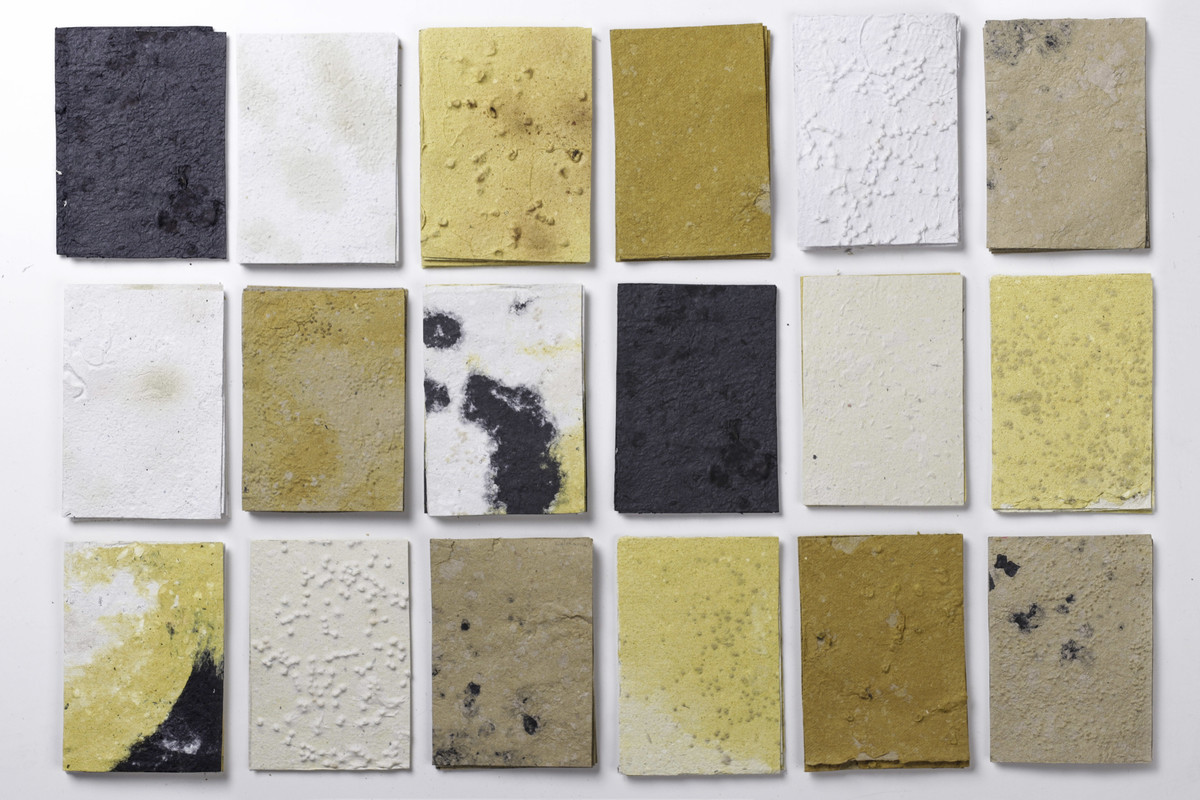
DYSLEXIA LEARNING DIFFICULTY
Yara Ahmed Rady is a product design student at the German University in Cairo. Her GGS project “Dyslexia Learning Difficulty” is designed to help dyslexic children learn Arabic through a series of exercises that use conventional teaching techniques which Rady has transformed into educational games using digital technology and engaging all five senses, thereby, she wrote in her project description “offering alternative routes to literacy.”
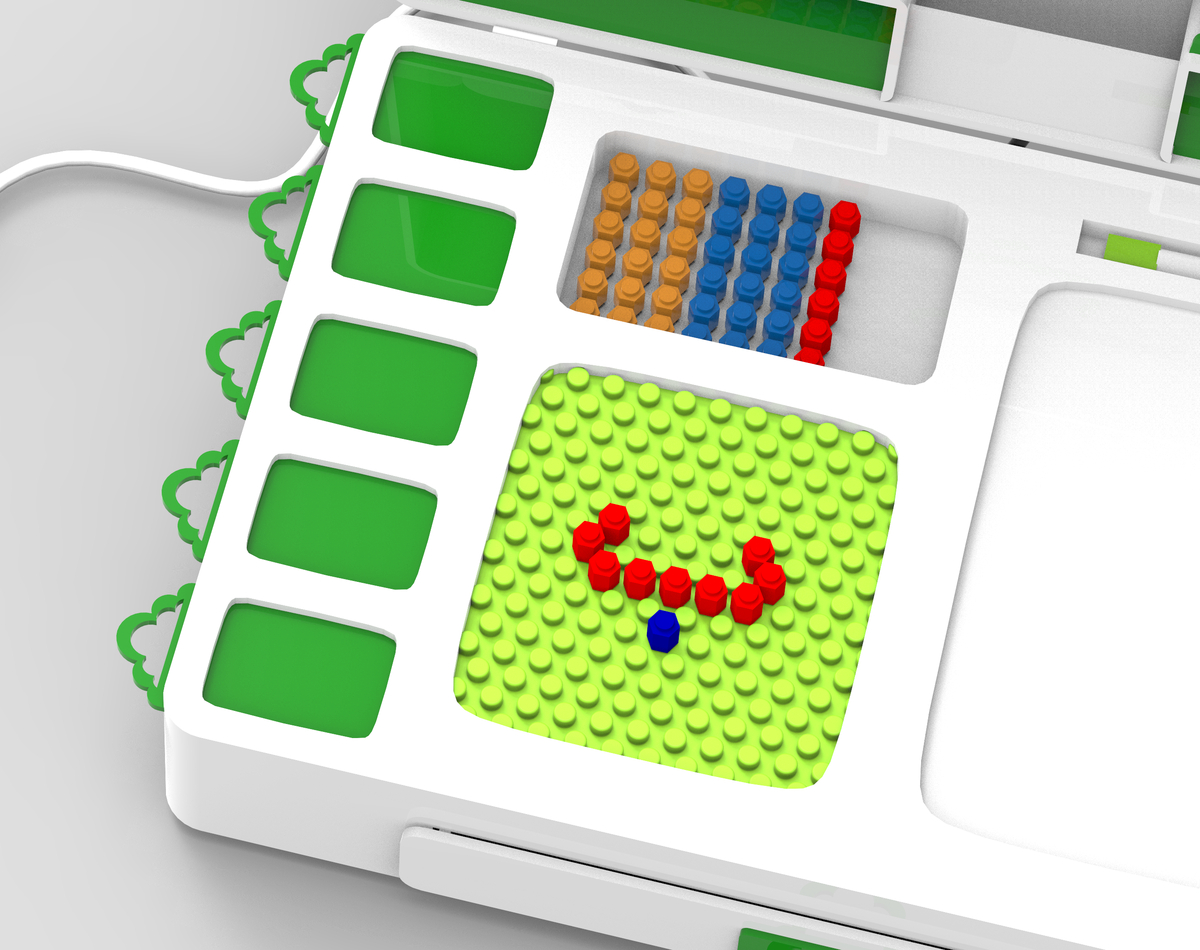
TINY HOME BED
One of the questions that GGS was attempting to answer this year was “How do we do more with less?” South Korean designer Yesul Jang, currently studying in Switzerland, came up with a product which addresses the needs of the ever-growing number of people living alone in small apartments or rented rooms in urban spaces. “Tiny Home Bed” is a raised bed with storage space — covered by a sliding fabric curtain allowing easier access than drawers — beneath. The frame is constructed of lightweight wood and is, Jang insists, “easy to construct.” Just as importantly, it’s not an eyesore.
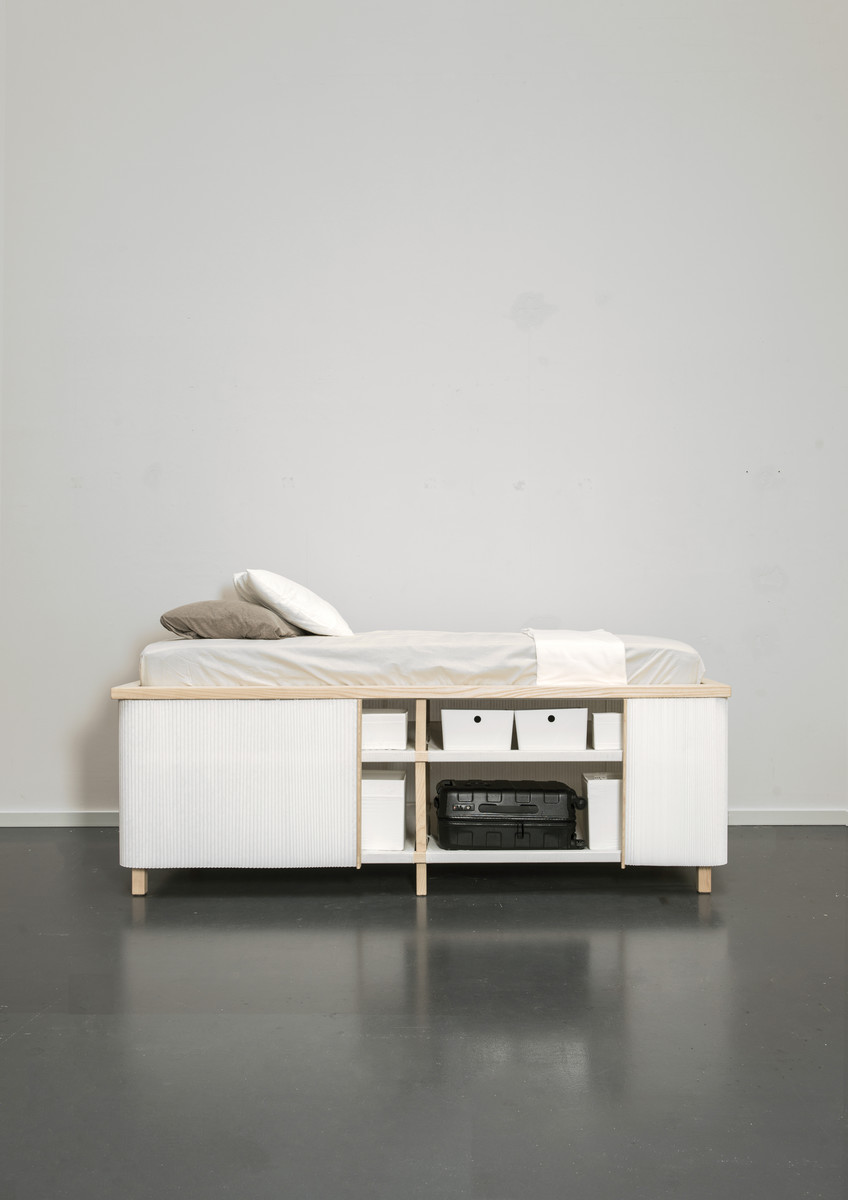
THIS IS GROWN
After several years of working in the sportswear industry, London-based designer Jen Keane wanted to come up with a more sustainable way to make products. By combining digital and biological technology, she created a strong, lightweight, hybrid shoe that is made partly from bacteria. “I weave fibers into the shape and the bacteria grows around it,” Keane explained to Arab News. “It’s kind of a scaffold.” Keane added that she created the shoe in her kitchen at home. “I don’t have a lab,” she said. “I don’t have a [science] background. I learned how to do this by reading a lot, experimenting and talking to biologists. It’s totally doable.”
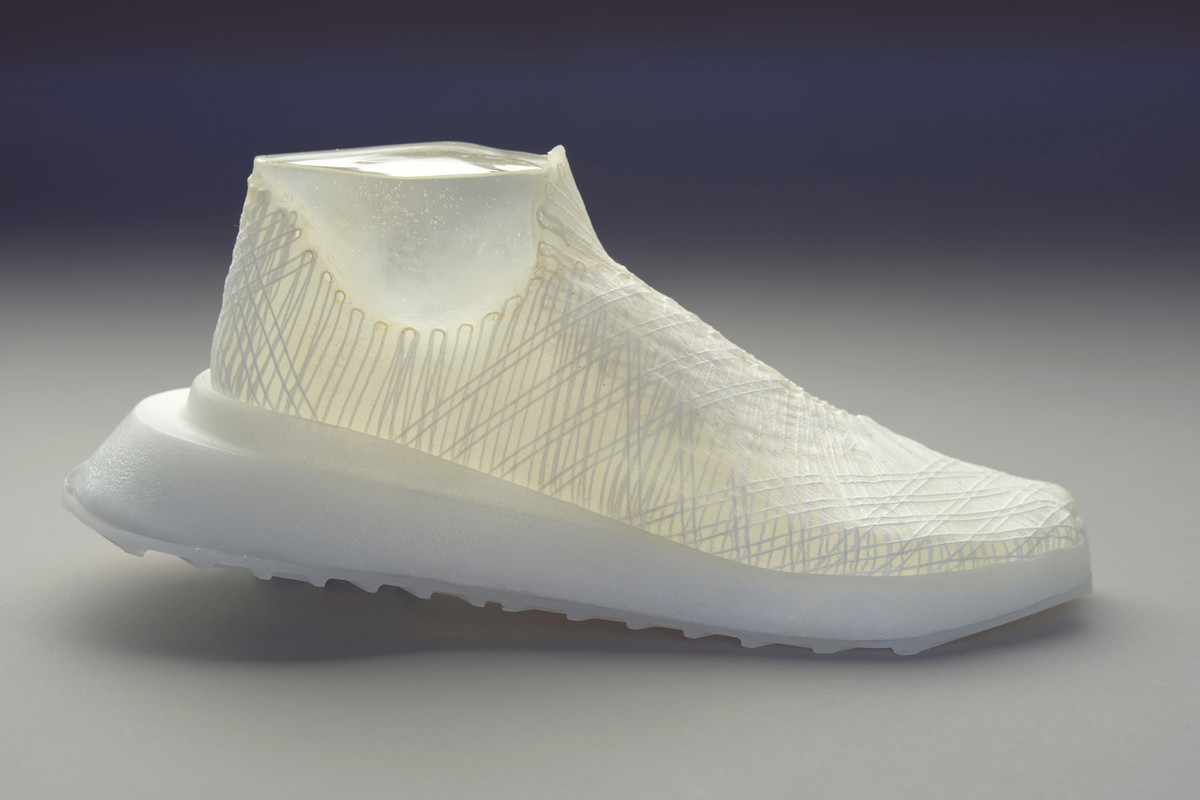
10:01
Sustainability also factored into Christian Hammer Juhl’s thinking when the Netherlands-based Danish designer was creating his inflatable furniture collection “10:01.” Made from dense foam material, the furniture can compress down to 10 percent of its original size (through a process similar to vacuum packing). So it’s not only ideal for modern transient lifestyles, but also means that transport from factory to retailer is more sustainable too.

TARDIGRADE
Billed as “clothing that can save your life,” David Bursell’s “Tardigrade” is the jacket you’re going to want to be wearing when the zombie apocalypse hit. Or, you know, a more conventional kind of Armageddon (Bursell says it was “inspired by climate change and the increasingly extreme natural and social crises it will trigger”). “Tardigrade” can be transformed into a shelter, a shoulder bag, a hammock, and any number of other things. It’s detatchable pockets can be used to collect water and other material. A warning though: at the moment, the jacket aids survival for “three to seven days,” so you might want to invest in several if things get really bad.
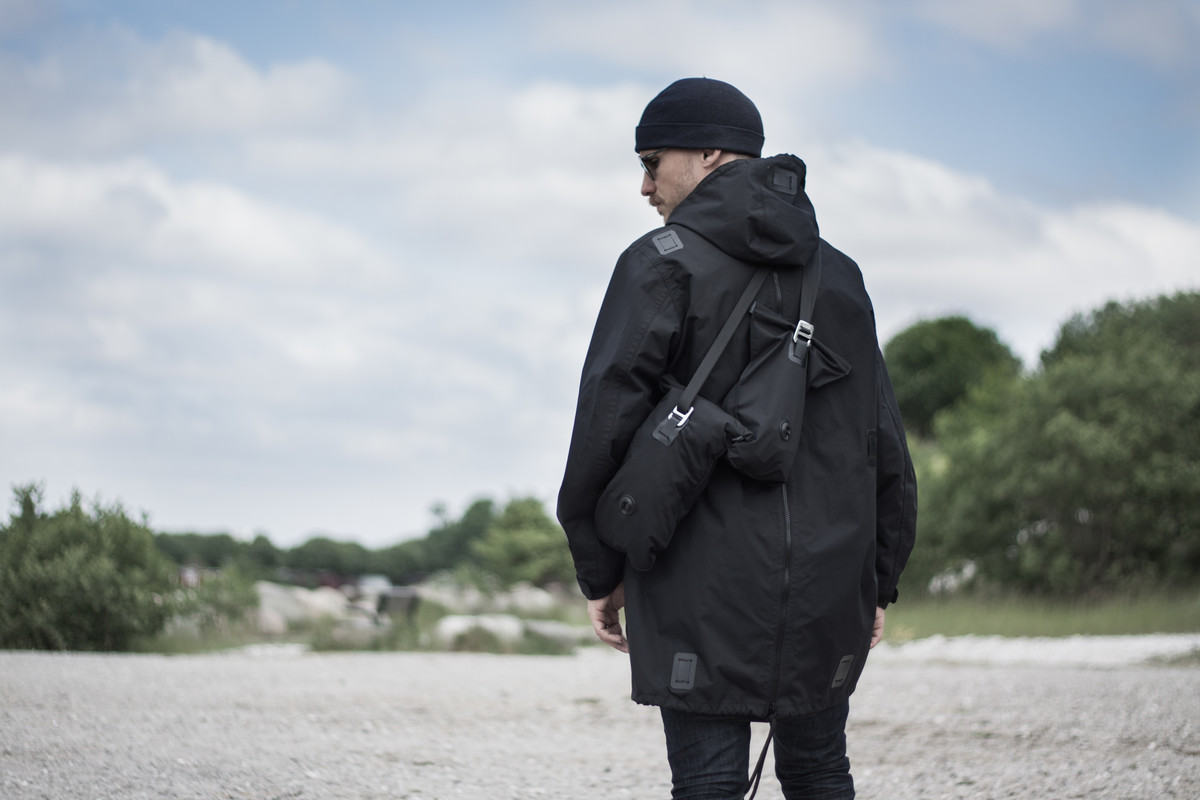
TWINKLE
“It’s flying lighting for urban safety,” designer Jiabao Li told Arab News about “Twinkle,” which she co-designed with fellow Harvard student Honghao Deng. Basically, flying drones clamp themselves to lampposts during the day to recharge their batteries, and at night they head to poorly lit neighborhoods. “They fly off to follow people around and provide sufficient lighting to guide their way. Like fireflies,” she explained. Both designers describe their creations as “living” creatures. “They’re curious animals,” said Deng. “We don’t think they should be owned. They should just be living around the place.” Li and Deng are currently talking to various governments trying to get permission for a trial run.
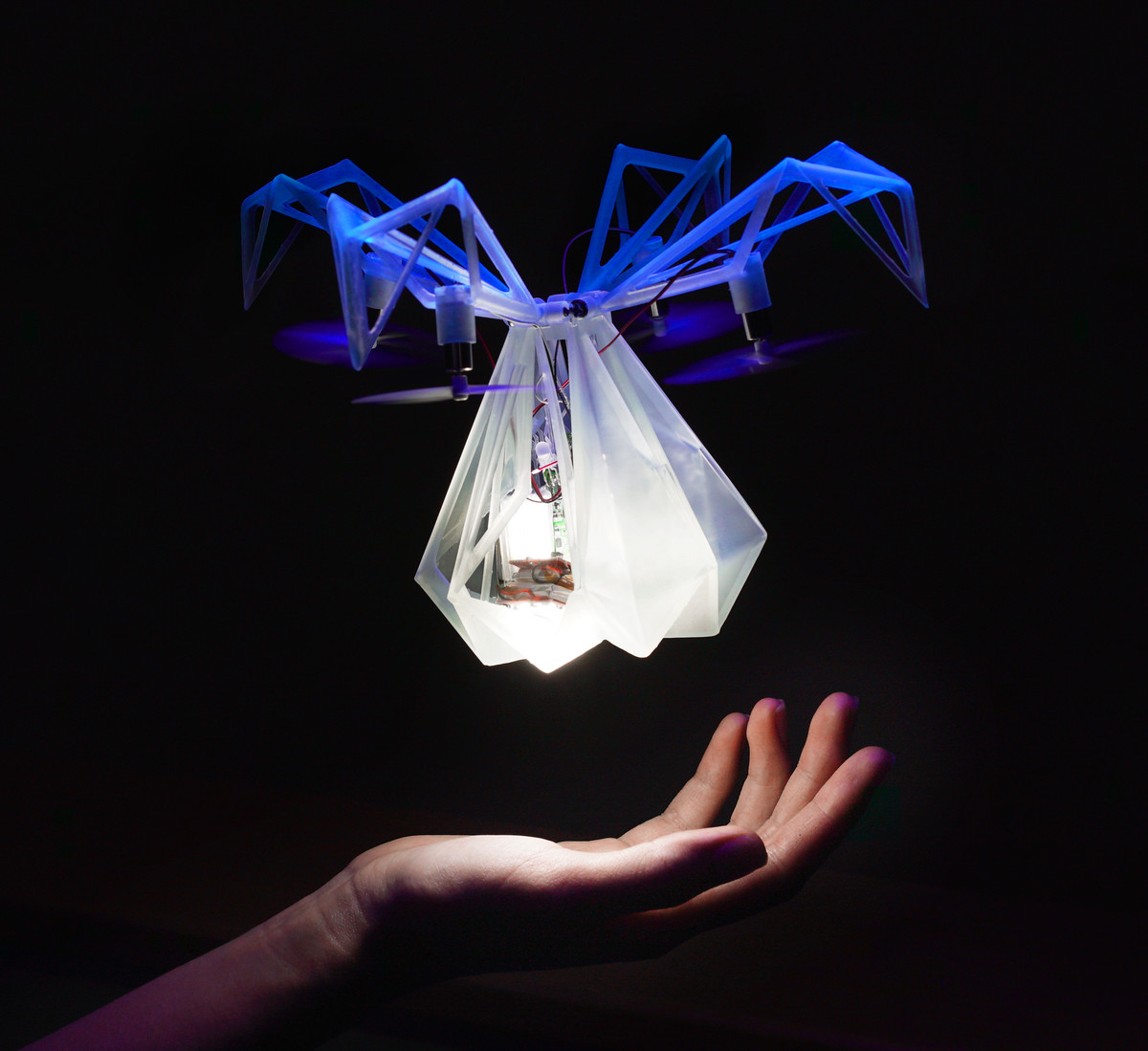
NAJI
Developed by a team of students from the Art University of Isfahan, “Naji” is an ingenious product designed to provide assistance in times of severe flooding. In normal situations, the device — four rectangles constructed of ethylene vinyl acetate (“resilient and buoyant”) with holes in — forms part of the base of streetlights, and the designers claim it will fit into existing infrastructure without the need for additional construction. If an area floods, however, the device floats to the surface of the water and provides a place for people to sit safely in one of the squares, strap in and await rescue.
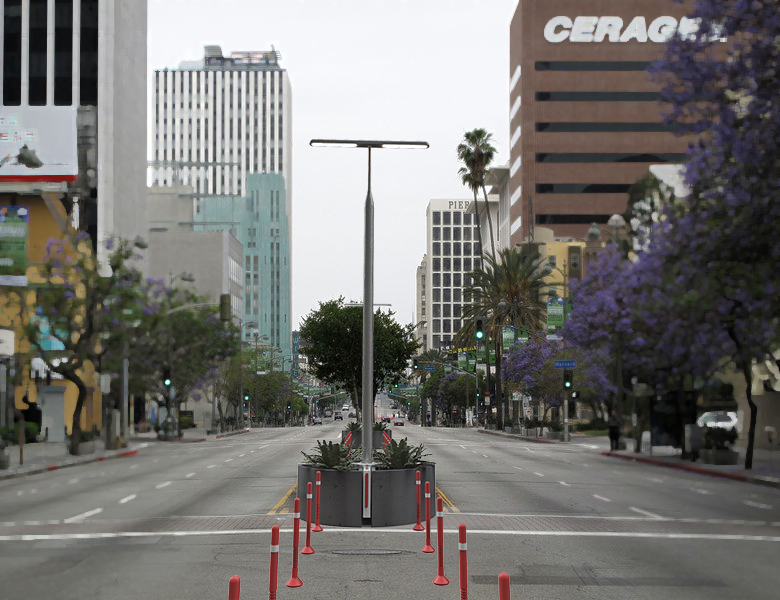
ACORN
Another team project, this time from the Huazhong University of Science and Technology, “Acorn” is designed, according to the team’s statement “to be entirely beneficial to the environment.” Lead designer Zhang Liye told Arab News that the project is specifically intended for use in desert cities like those in the Gulf “because the soil lacks minerals and nutrition.” “Acorn” is an easy-to-assemble biodegradable plant base made from compressed crop waste that you simply bury in soil so that it can provide that missing nutrition to your plant.

SAHAYAK
A great example of how designers at GGS tackled another question: “How can technology make us more human?” In other words, how can we make life easier for people in tough situations? “Sahayak” is designed for porters working on railway platforms in India, who traditionally carry luggage on their heads, which can create several long-term health issues. “Sahayak” is a backpack that transfers the weight of their loads from their heads to their shoulders and protects the spine. “The design uses an inexpensive torsion spring to distribute the load throughout the backpack’s frame, reducing the load borne by the user’s head and neck by 75 percent,” designer Risbagh Singh claimed in his GGS statement.
